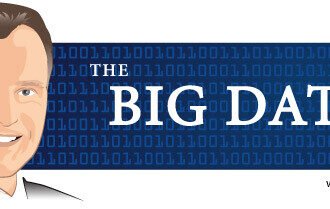Albert Wenger had an interesting post today Human Vs. Machine 2 in which he discussed the fact that some of the old AI promises may be starting to come true. While I am not sure I 100% agree with his characterization of Netflix’s recommendation engine as AI, I do see what he means.
The over promising of AI and the continuing difficulty in making a system that could be m…
Copyright © 2008 James Taylor. Visit the original article at It’s not AI but….
Albert Wenger had an interesting post today Human Vs. Machine 2 in which he discussed the fact that some of the old AI promises may be starting to come true. While I am not sure I 100% agree with his characterization of Netflix’s recommendation engine as AI, I do see what he means.
The over promising of AI and the continuing difficulty in making a system that could be mistaken for a human was the driver for calling the book Smart (Enough) Systems – not “smart” as in intelligent, but smart enough to be useful. On that basis the Netflix recommendation engine, and many other systems with embedded analytics and rules, are smart enough to work well and deliver real value.
Technology has come on rapidly in the last few years and our understanding of how to use has likewise. What has really changed, though, is the volume of data we have available and our ability to process and analyze it. Turning historical data into predictive analytic models allows us to turn uncertainty about the future into probability. It also allows us to use data and the analysis of data by a system to replace the human process of gaining experience. While it is not perfect it does have some advantages – no biases for instance.
So don’t wait for AI, don’t bemoan the fact that these promises were not met. Find decisions you want your systems to make for you and get started. Business rules, data mining, predictive analytics, optimization and more are available and you can get much further than you might think.






